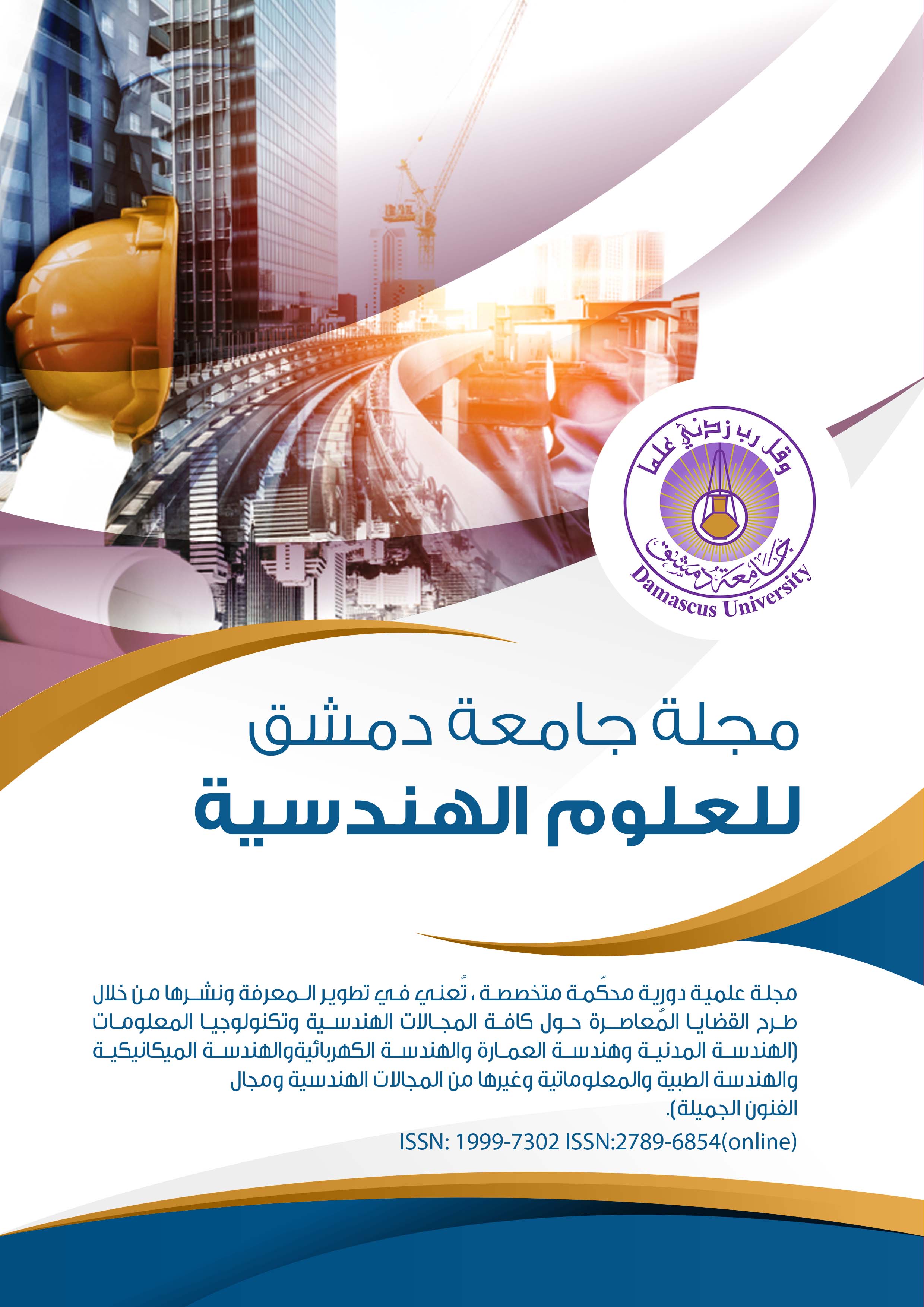التجريد وخلق واقع إبداعي جديد (المفهوم والتطبيق)
الكلمات المفتاحية:
التجريد، المفهوم، التطبيق، واقع جديدالملخص
شكّلت الأعمال الفنية في القرن العشرين منعطفاً جديداً في تاريخ الفن، ولعلّ الاتجاه التّجريدي في هذه الأعمال كان العامل الرئيس في هذا المنعطف.
حضر التّجريد بقوة في المشهد الفني المعاصر مثيراً الكثير من التّساؤلات حول طروحاته وصيغه البصرية، هذه الطروحات والصيغ استدعت دراستها بشكل منهجي يكشف عن مبررات (التّجريد) والمكانة التي وصل إليها مفارقاً (المألوف) أو الواقعي، فكيف لاتّجاه فنيّ أن يكون موضع ترحيب ورفض في آنٍ معاً، وعلى ماذا استند أنصار كل طرف.
ما هي الطّرق التي سار عليها التفكير الإنساني حتى وصل محطة التجريد في الفن، وما هي طبيعة الأفكار التي روّج لها منظرو الفن التّجريدي.
تمت ملاحظة التنويعات التجريدية وفق ما هو تشكيلي بصري، أو موسيقي سماعي، أو معماري بنائي، أو أدائي تعبيري، تطلبت دراسته تحليل عينات من الأعمال الفنية (التّجريدية) في أسلوب علمي، وصفي، يعتمد (دراسة الحالة) في التّحليل والمقارنة المتعلقة بمقدمات الخلق الإبداعي (المفهوم)، وصورة هذا الخلق من حيث البنية والصياغة البصرية (التطبيق) ومدى تقبلها، وصولاً لاستنتاجات تؤكد (المحتوى الفكري الداخلي) في العمل الفني وفق شروط التشكيل والتقانة وإدهاشها البصري بعيداً عن عبء الموضوع والذي يعتبر في حال دراسته (حديث خارج العمل الفني).

